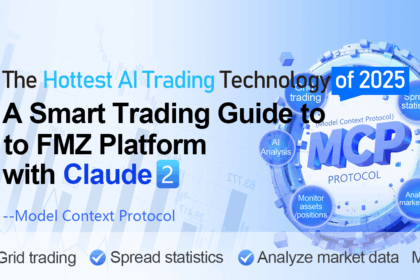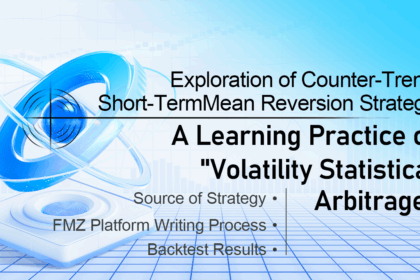⚠️ Important Disclaimer This article demonstrates a volume-boosting self-matching trading strategy intended solely for learning purposes related to trading system architecture. It fundamentally differ...
Preface Following the previous article, The Hottest AI Trading Technology of 2025: A Smart Trading Guide to FMZ Platform with Claude (Part 1), we introduced Claude and the MCP protocol, and demon...
The Beginning of It All I’ve been involved in quantitative trading for a while now. To be honest, most of the time I just experiment with strategies shared by others—tweaking parameters here and...
Preface In the field of quantitative trading, the execution of strategies often requires precise programming control and complex system integration. However, with the advancement of artificial intelli...
Source of Strategy Recently, I saw an interesting “Volatility Statistical Arbitrage Strategy” shared in the quantitative trading community. Although it is called an arbitrage strategy, aft...
In the field of technical analysis, identifying the four core price structure patterns of “higher highs (HH)”, “higher lows (HL)”, “lower highs (LH)” and “low...
In quantitative trading, the traditional K-line chart is one of the most commonly used data presentation forms, but it also has certain limitations, such as insensitivity to fluctuations or excessive ...
Demand Scenarios of Walkthrough System I was often asked this question in the FMZ platform community and in private communication with users: “Why can strategies written in MyLanguage or Pine sc...
Preface This article introduces the design and implementation of PaperTrader, a simulation trading system based on the FMZ Quant platform and driven by real ticker conditions. The system matches order...
With the rapid development of artificial intelligence (AI) technology, it has demonstrated extremely high efficiency and creativity in many fields. As a highly technical field, quantitative trading is...






